TL;DR: In this series of posts, I explore the nibs of the 1960s. First up: the nibs produced by Sailor, starting with their pocket pens.
Next in the series: Nibs of the 1960s: Sailor, part II.
Nib types(*) present in this post:
- Type 1: The Sailor “Beak” nib,
- Type 2: The Sailor “fingernail” nib,
- Type 3: The Sailor “carton box” nib,
- Type 4: The Sailor “kite” nib,
- Type 5: The Sailor “long claw” nib.
(*) All nib types are named. The nomenclature is not standard but proposed here.
Background: After much back and forth, we now know that the first (modern) Japanese pocket pens were designed and manufactured by Sailor, under the Sailor Mini brand. The other contenders, Platinum, Pilot, and a host of smaller manufacturers, each tried to copy, give hommage, and innovate their pocket-pen lines. The main beneficiary was the consumer, as the variety of nibs (and other pen parts) showcases.
Type 1: The Sailor “Beak” nib (Figures 1a, 1b, and 1c).


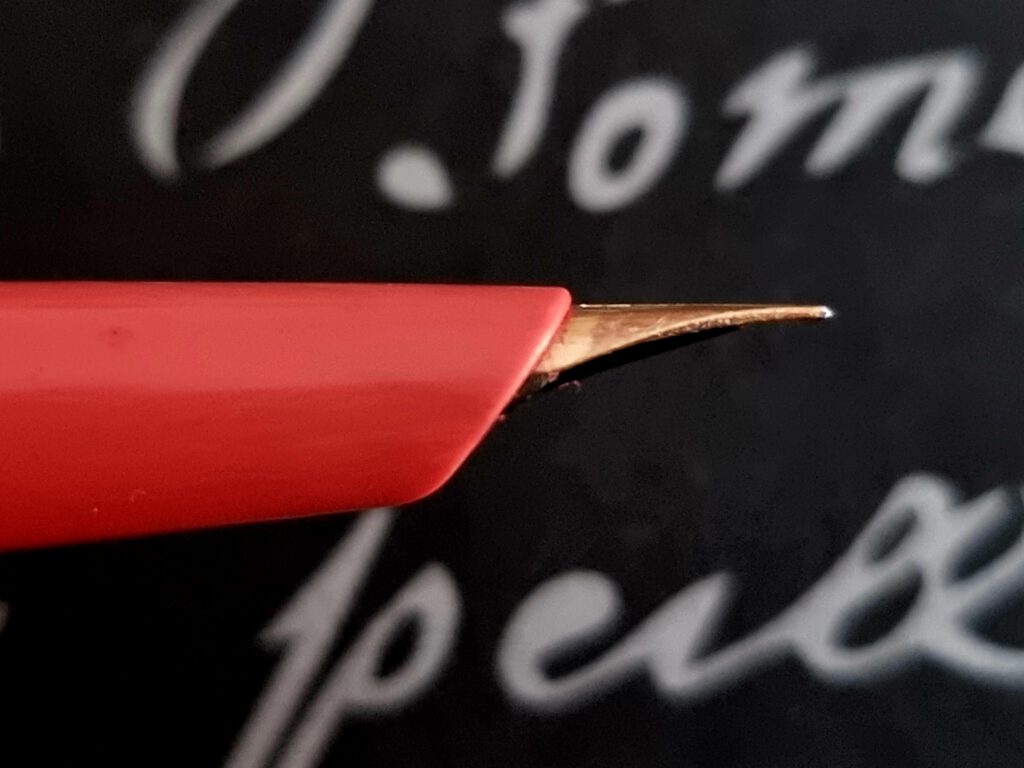
Type 2: The Sailor “fingernail” nib (Figures 2a, 2b, and 2c).



Type 3: The Sailor “carton box” nib (Figures 3a and 3b).

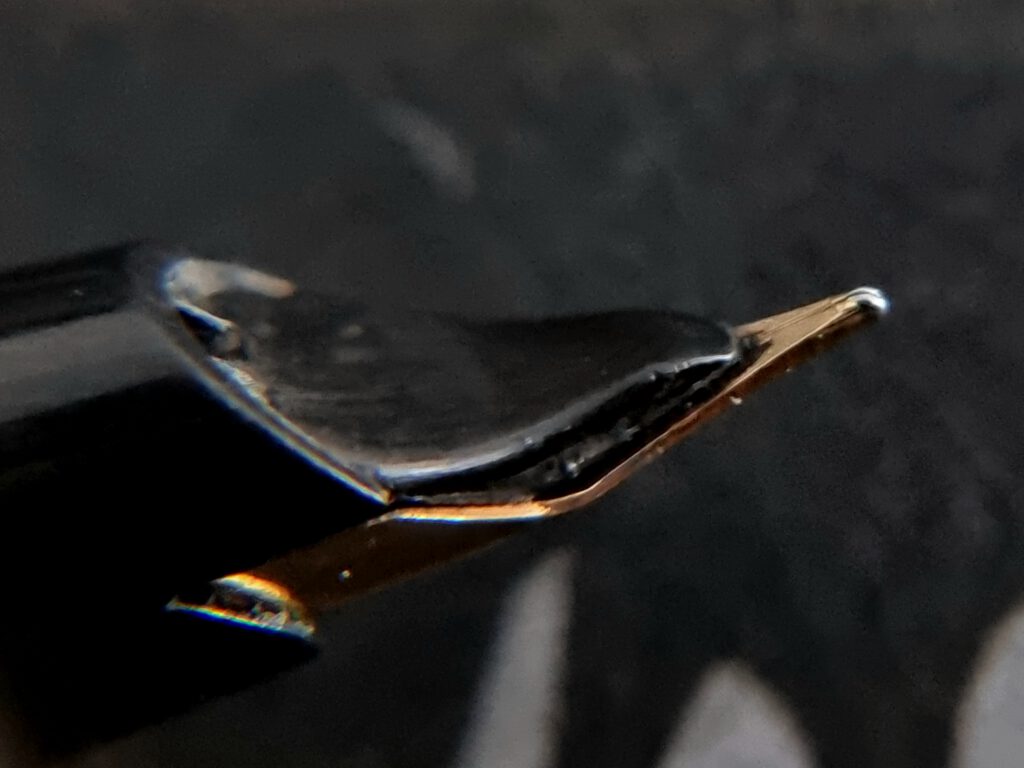
Type 4: The Sailor “kite” nib (Figures 4a and 4b).

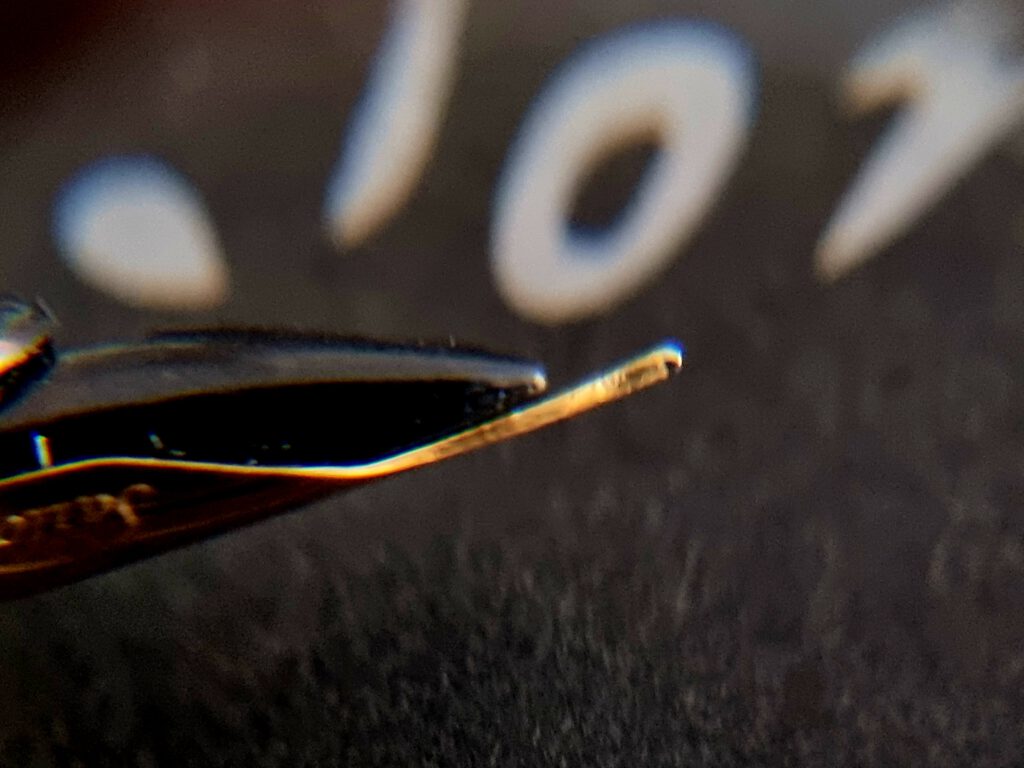
Type 5: The Sailor “long claw” nib (Figures 5a, 5b, and 5c).
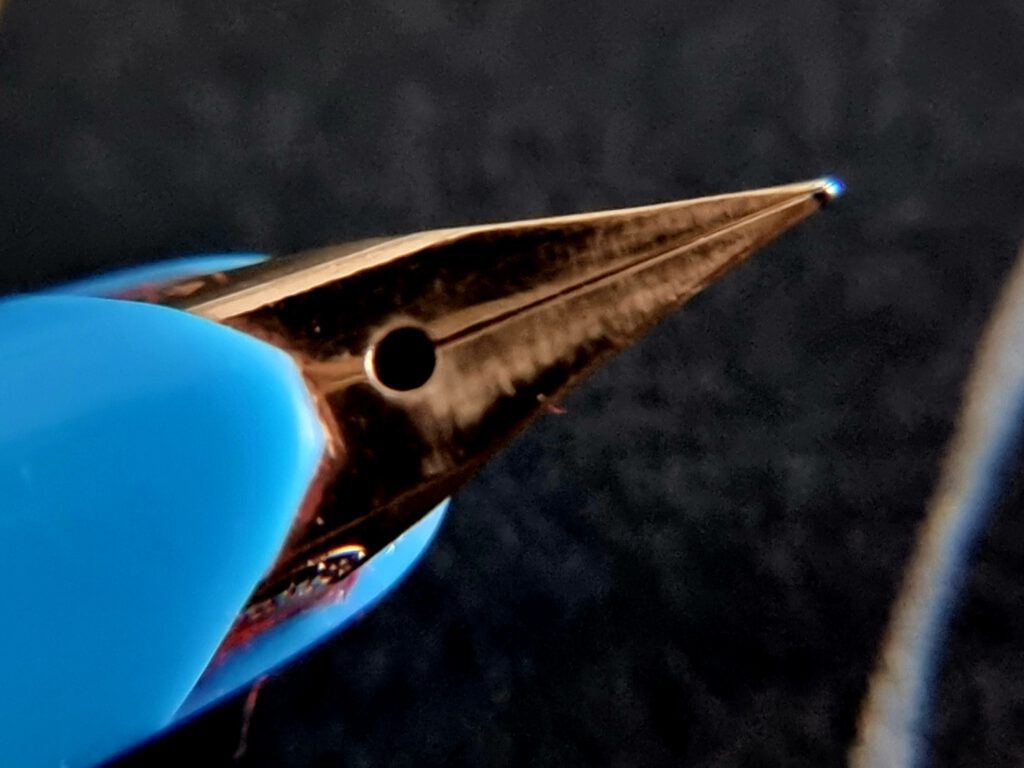
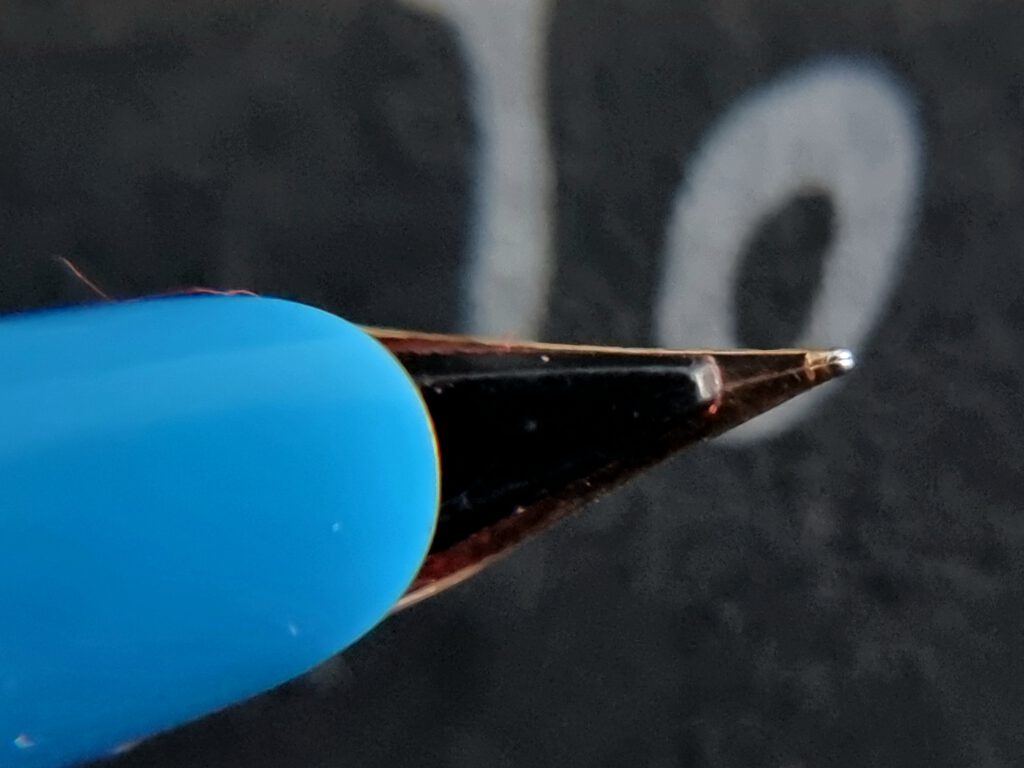
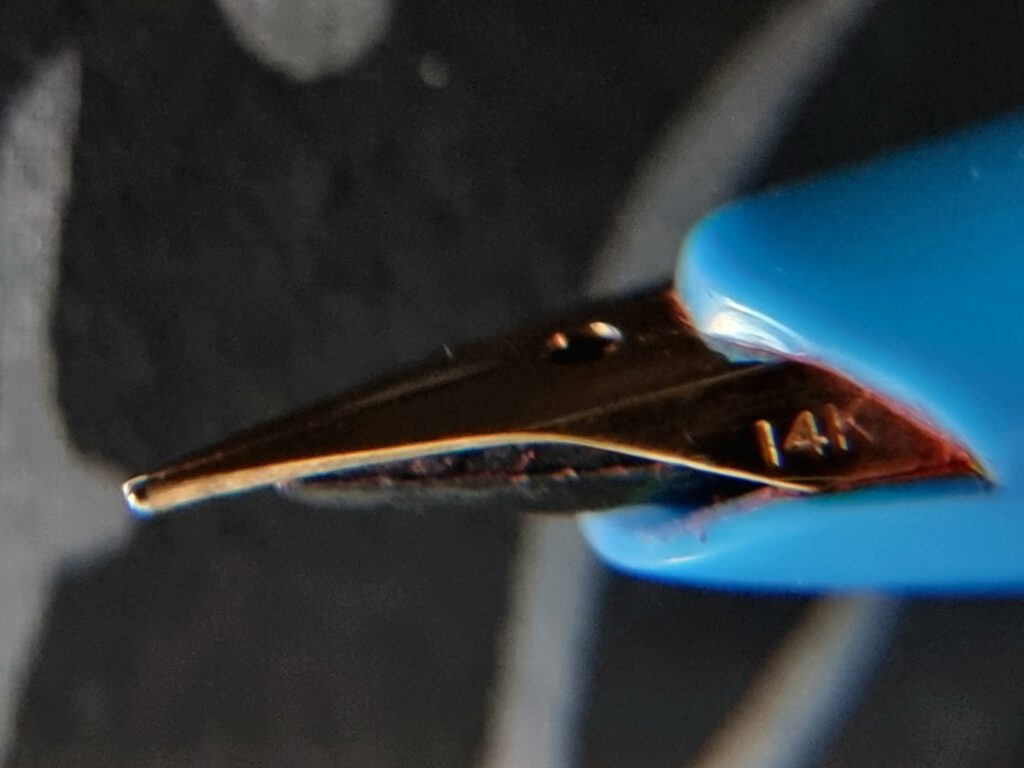
To conclude:
The 1960s led Japanese fountain-pen manufacturers to rapid iteration, and partially innovation. Sailor led the creation of a successful line of pocket pens, the Sailor Mini, but was quickly rejoined by Platinum, Pilot, and many smaller pen-makers, leading to increased market competition, and more iteration and innovation. Nibs were diversified quickly. There’s quite a bit to explore here, so… To be continued.
Enjoy the day!


2 thoughts on “Nibs of the 1960s: Sailor, part I”